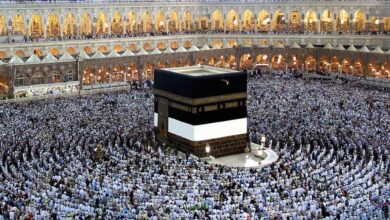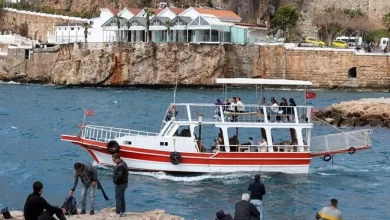Nysa Ancient City

Nysa, an important city of the ancient Caria region, is 30 km from Aydin on the Aydin – Denizli highway. east of Sultanhisar District, 3 km. It is located in the northwest. We learn about the establishment of Nysa from the accounts of the famous traveler and geographer of the Augustus period, Strabo of Amasya (63 BC – 21 AD) and the historian Stephanos. The region formerly called Caria was built in the Hellenistic period, BC. It was founded in the first half of the 3rd century by Seleukos’ son, Anthiochos Soter I.

A bridge connects the city, which was established as two cities. Theater, Gymnasion, agora, tunnel etc. structures are available. Additions were made to the buildings during the Roman period. The city reached an important point in the cultural field, especially when it was under the rule of the Roman Empire. Buildings, streets and squares established on both sides of a very steep strait were supported by vaulted infrastructures. Nysa was a famous city especially in the field of education in ancient times and Strabo was educated in this city. The ruins of the Gymnasion and library in the ancient city constitute these educational buildings in Nysa.
Today, no remains of the Hellenistic city wall surrounding Nysa are found. However, traces of city walls from the Byzantine period can be seen in places. The theater is in the city center, on the eastern slope, and is well preserved. The shape of its cavea slightly exceeds a semicircle. The best preserved structure of Nysa is the Bouleuterion. This structure was described as Strabo Gerontikon (council of elders). There is a semicircular cavea (theatron) inside the rectangular planned building.

In antiquity, Nysa was bisected by a fast-flowing river that formed a deep gorge. Three bridges over this deep strait connect the two sides of the city. There is a gymnasium and stadium to the west of the stream bed that divides the city into two, Byzantine building remains and a library to the north, and a 10,000-seat theater to the northeast of the library. The library has two floors and is the best preserved ancient library in Anatolia after the Celsus Library in Ephesos. To the east of the stream bed are the agora, the parliament building and the Roman baths. The necropolis of the city is located on the Akharaka road, the sanctuary of the ancient city, in the west.
To the east of the Bouleuterion is the agora. This is the Marketplace, which is 89×105 meters in size and consists of halls surrounded by columns on all four sides. Another major building remains in the city is the Gymnasium, a sports structure where young people receive mental and physical education. The building measures approximately 165×70 meters and should have been smaller in Strabo’s time. The necropolis of the ancient city in Nysa is about 2 km. It is on the sacred road of Akharaka (Salavatli) in the west.

On the widest of the stream beds dividing the rocky plateau on which the city is located from north to south in Nysa, is the Stadium, which Strabo described as the Amphitheater and which has been destroyed by flood waters today. It is approximately 192×44 meters in size and the rows of seats in the west are placed on the natural land.






